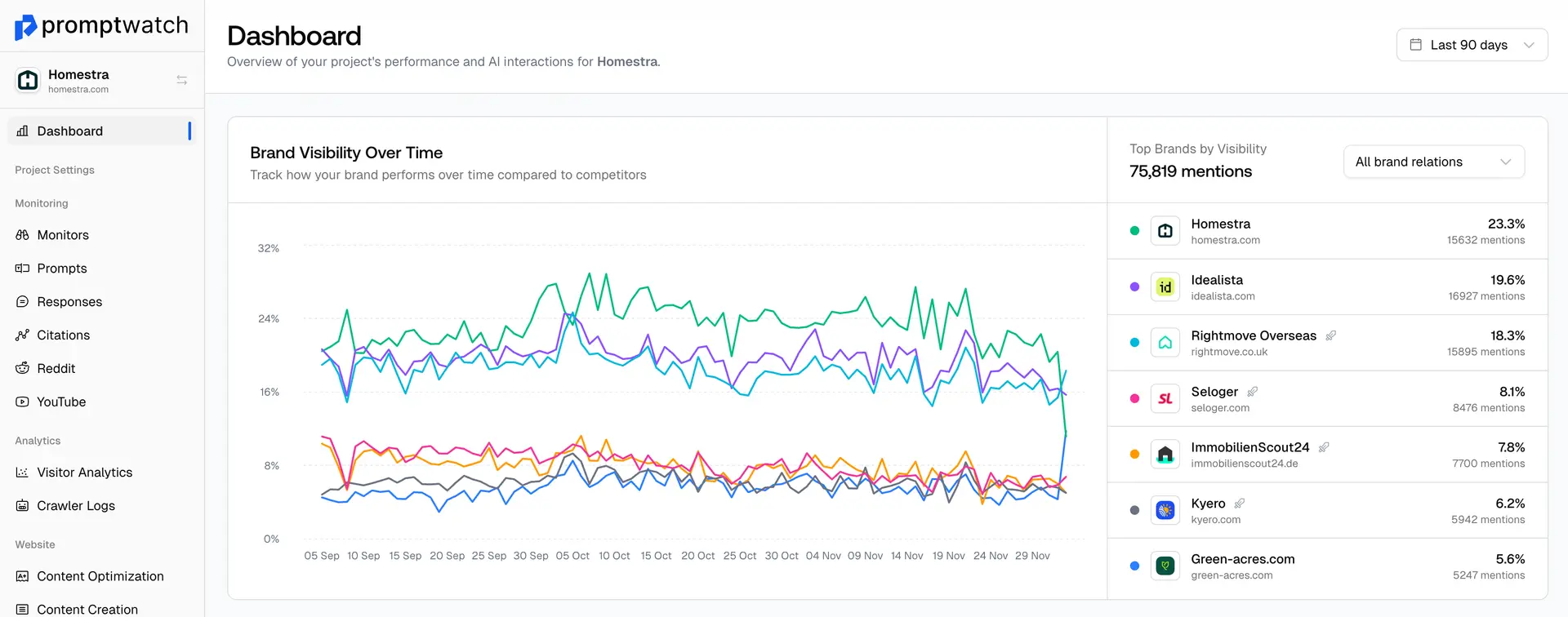Definition
Knowledge Graphs are sophisticated databases that represent information as networks of interconnected entities, facts, and relationships, creating a structured understanding of how different pieces of information relate to each other. Think of them as digital maps of knowledge where every person, place, concept, or thing is connected to related information through meaningful relationships.
Unlike traditional databases that store information in isolated tables, knowledge graphs create rich webs of connections. For example, a knowledge graph might connect 'Apple Inc.' to 'Tim Cook' (CEO relationship), to 'iPhone' (product relationship), to 'Cupertino' (headquarters location), to 'NASDAQ: AAPL' (stock symbol), creating a comprehensive understanding of the company and its context.
Google's Knowledge Graph is perhaps the most famous example, powering many search features including knowledge panels, featured snippets, and AI overviews. When you search for a person, company, or topic, the rich information displayed often comes from Google's understanding of how that entity relates to other information in their knowledge graph.
For businesses, knowledge graphs are increasingly important because they power AI understanding and recommendation systems. AI models use knowledge graph structures to understand context, relationships, and relevance when generating responses. This means that being well-represented in knowledge graphs—whether Google's or others—can significantly impact how AI systems understand and reference your brand or expertise.
The business implications extend beyond search. Knowledge graphs power recommendation engines, chatbots, content discovery systems, and AI-powered analytics tools. Companies that understand how to position themselves within knowledge graph structures often see better performance across multiple AI-powered platforms and applications.
Examples of Knowledge Graphs
- Google's Knowledge Graph connecting businesses to their locations, products, key people, and industry relationships
- LinkedIn's professional knowledge graph connecting people, companies, skills, and career relationships
- Amazon's product knowledge graph connecting items, categories, customer preferences, and purchase relationships
- Enterprise knowledge graphs helping AI systems understand company data, processes, and organizational relationships
